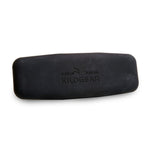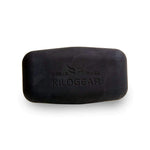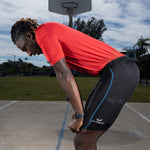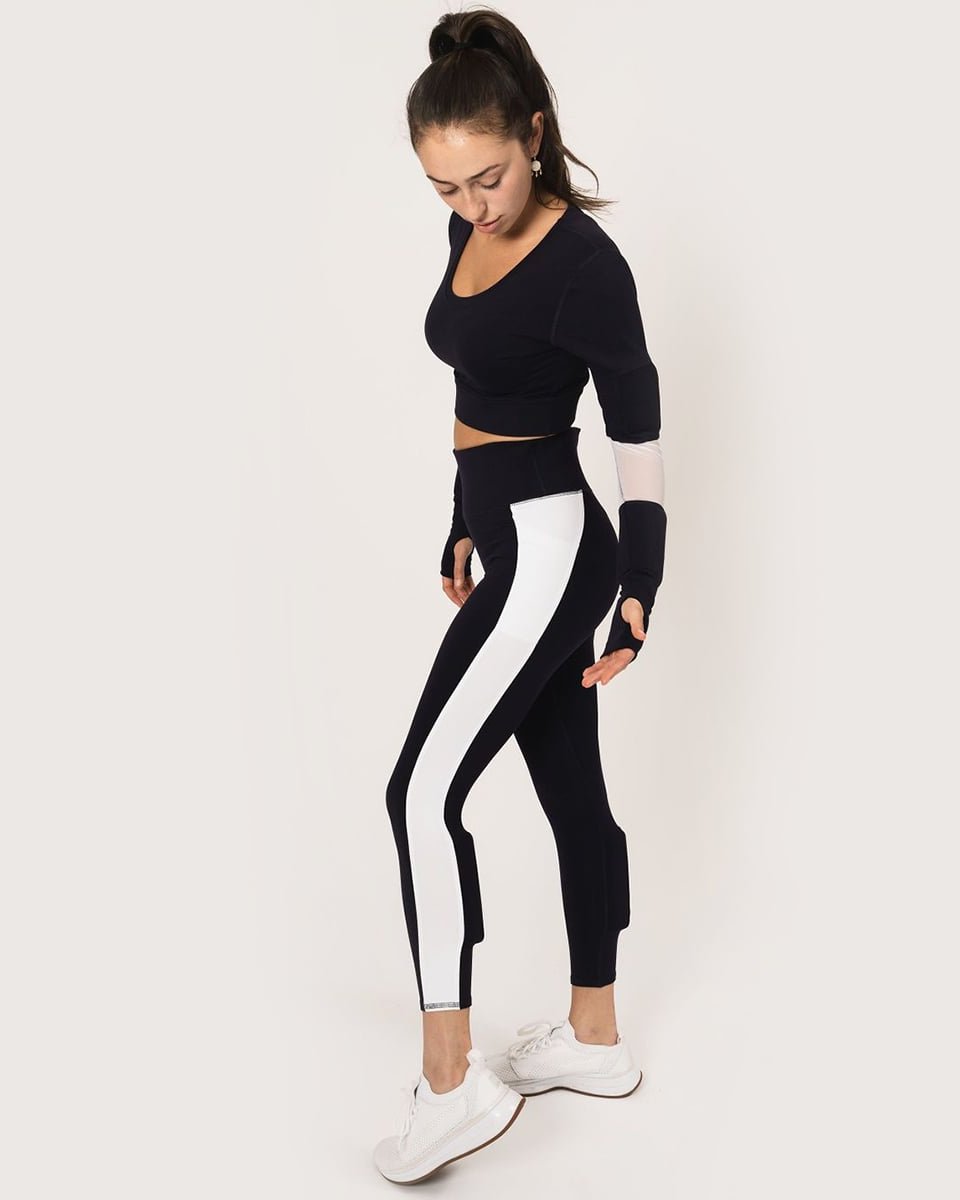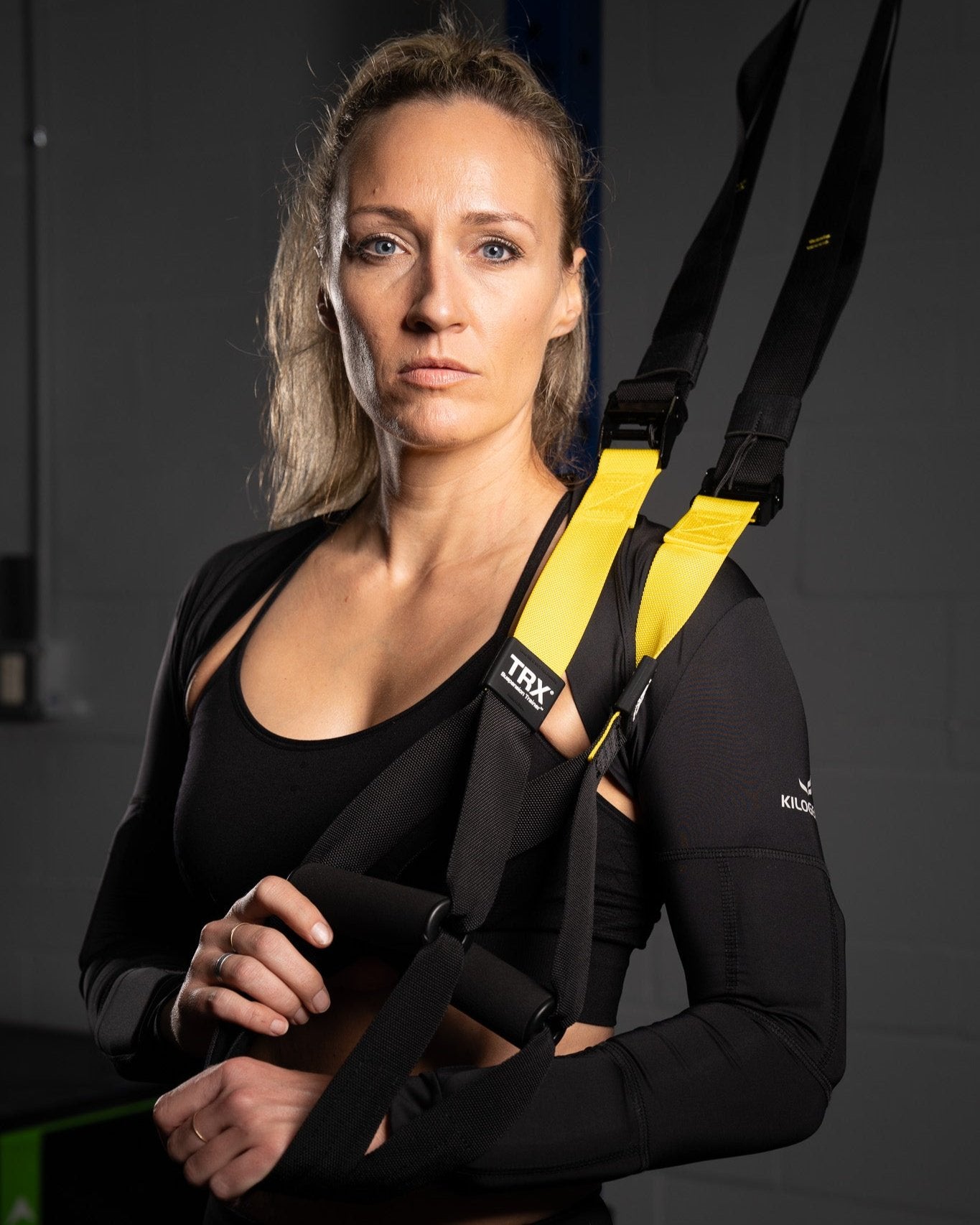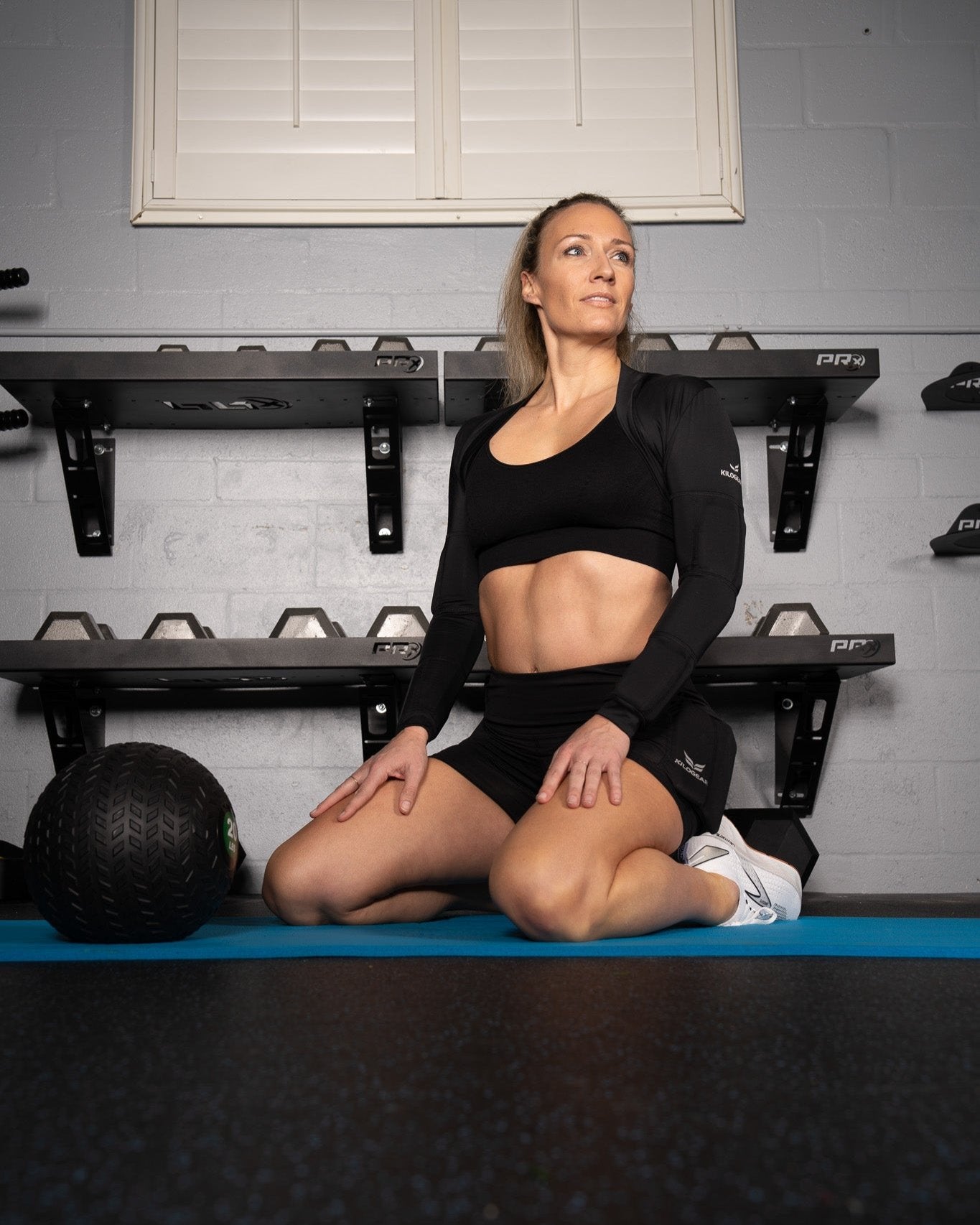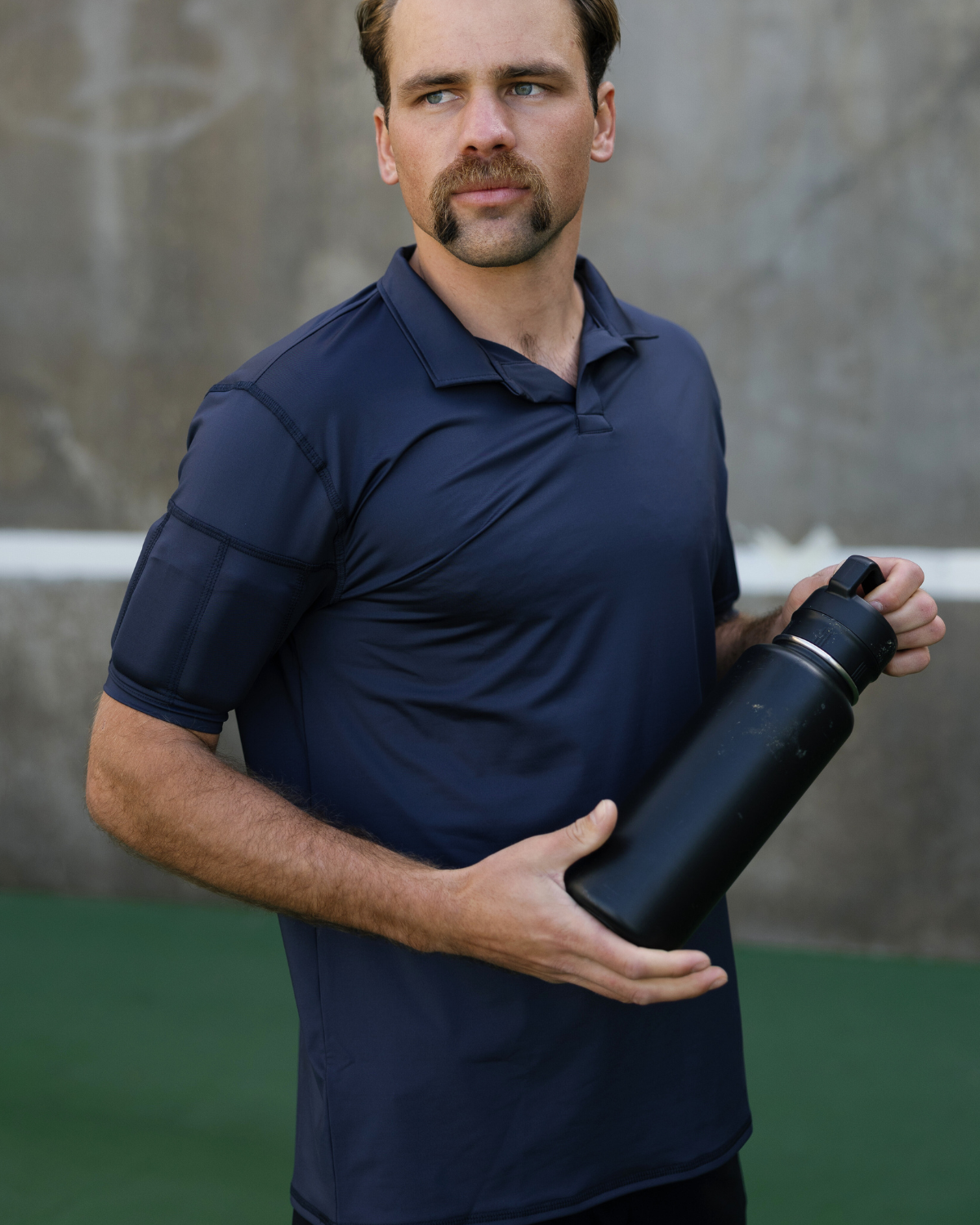Injuries don’t just happen to professional athletes—they can affect anyone, from youth athletes to older adults. While major muscles often get the spotlight in training, it’s the smaller supporting muscles, ligaments, and tendons that are most prone to injury. Unfortunately, these often get neglected in traditional training programs.
By incorporating weighted clothing into your everyday life and workouts, you can help strengthen these critical structures. The added resistance from weighted clothing recruits more muscle fibers, fortifying the ligaments and tendons that support your major muscles, thus helping to prevent injuries before they occur. In this blog, we’ll break down the most common injuries by age group and explain how wearing weighted clothing can help build resilience and reduce your risk.

Common Injuries by Age Group
Youth Athletes (Ages 8-18)
According to a study by the National Institute of Health, overuse injuries in youth athletes are common due to growth plates and repetitive motions in sports like basketball, baseball, and soccer (NIH) because their bodies are still developing. Common injuries in this group include:
Sprains and strains (ankles, knees)
Growth plate injuries
Patellar tendinitis (knee pain)
Shoulder injuries (especially in throwing sports)
How Weighted Clothing Can Help:
Weighted clothing helps youth athletes develop a balanced approach to strength, focusing not just on major muscle groups but also on the stabilizing muscles that support joints and ligaments. This additional resistance during basic movements strengthens their bodies early on, helping to avoid overuse injuries as they grow.
Middle-Aged Adults (Ages 30-50)
For adults in this age range, injuries often come from a mix of improper form, lack of flexibility, or weakened stabilizer muscles. Common injuries include:
Lower back pain (due to weak core muscles)
Rotator cuff injuries
Tennis elbow (repetitive strain injuries)
Knee pain (ligament strain or meniscus injuries)
How Weighted Clothing Can Help:
Weighted clothing can reinforce the muscles that support the back, shoulders, and knees by increasing muscle recruitment and strengthening tendons and ligaments through low-impact resistance. Wearing weighted clothing during daily activities can build strength gradually, reducing the risk of injury from improper form or weak stabilizer muscles.
Older Adults (50+)
As we age, our risk for injuries such as fractures and muscle strains increases, often due to weakened muscles, reduced flexibility, and bone density loss. Common injuries include:
Hip fractures
Falls leading to broken bones
Tendon ruptures
Arthritis-related joint pain
How Weighted Clothing Can Help:
For older adults, low-impact resistance from weighted clothing can help strengthen both muscles and bones, improving balance and reducing the likelihood of falls. Weighted clothing also offers an easy, passive way to integrate strength training into everyday life, supporting overall joint health and keeping ligaments and tendons strong to prevent strains.

How Weighted Clothing Strengthens Supporting Muscles and Prevents Injury
One of the most critical but overlooked aspects of injury prevention is strengthening the small stabilizing muscles, tendons, and ligaments. While major muscles get a lot of attention in training programs, it’s the supporting structures that often bear the brunt of injury when they aren’t properly strengthened. Wearing weighted clothing forces your body to recruit more muscle fibers during every movement—engaging not just the big muscles, but the smaller ones that support them.
1. Recruiting More Muscle Fibers
Weighted clothing increases the resistance your body encounters during everyday movements, causing it to recruit more muscle fibers than usual. This not only builds muscle strength but also engages the stabilizer muscles that are crucial for joint support and injury prevention. When these muscles are strengthened, they help distribute the load and relieve stress from your ligaments and tendons.
2. Strengthening Tendons and Ligaments
Tendons and ligaments, unlike muscles, don’t adapt as quickly to training. They require gradual, consistent stress to grow stronger. Weighted clothing offers a perfect way to build this strength over time without overloading the body. The continuous, low-level resistance provided by weighted clothing strengthens these connective tissues, ensuring they can support your muscles and joints during more intense physical activity. Harvard Health notes that resistance training is essential for strengthening tendons and ligaments, helping to prevent injuries during physical activity (Harvard Health).
Preventing injuries is about more than just strengthening your major muscles—it’s about protecting the supporting structures that keep everything in place. Weighted clothing offers an easy, effective way to train these smaller, stabilizing muscles by incorporating low-level resistance into your daily life. Whether you’re a youth athlete, a middle-aged adult, or someone over 50, weighted clothing can help reduce the risk of injury by building a strong, supportive foundation for your body.


Investing in weighted clothing today can help you avoid the injuries of tomorrow. By wearing KILOGEAR’s doctor-designed weighted apparel, you’re supporting your body’s smaller, often neglected muscles, tendons, and ligaments—helping to prevent injuries at any stage of life. Check out our collection and start protecting your body today.



